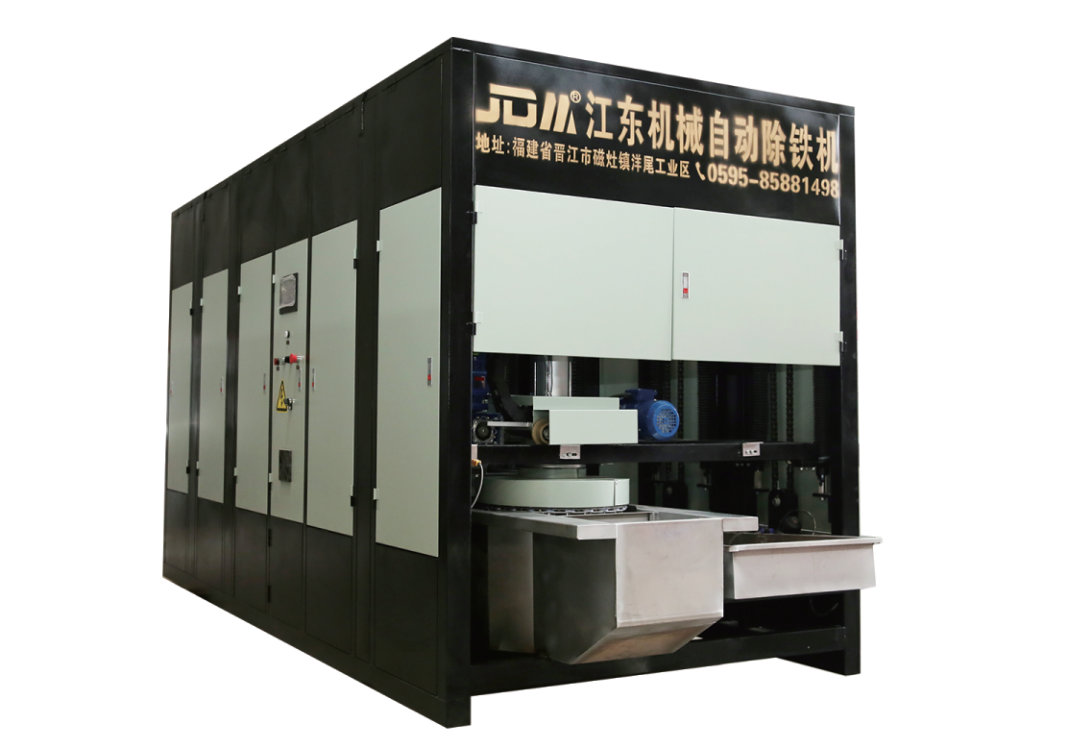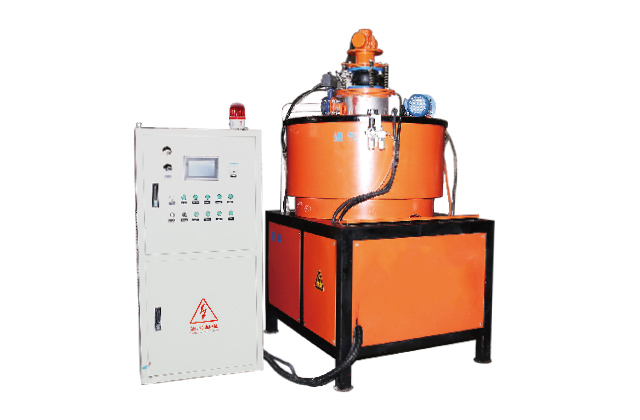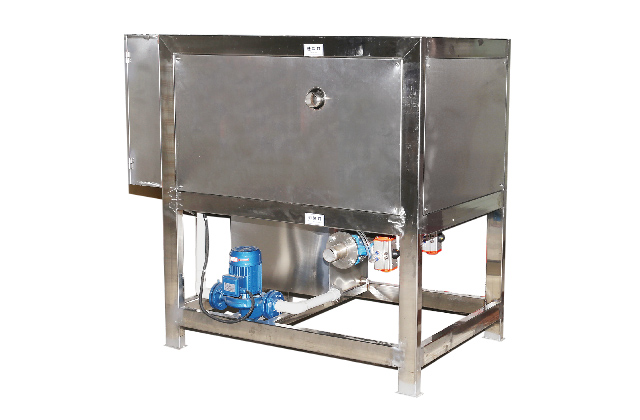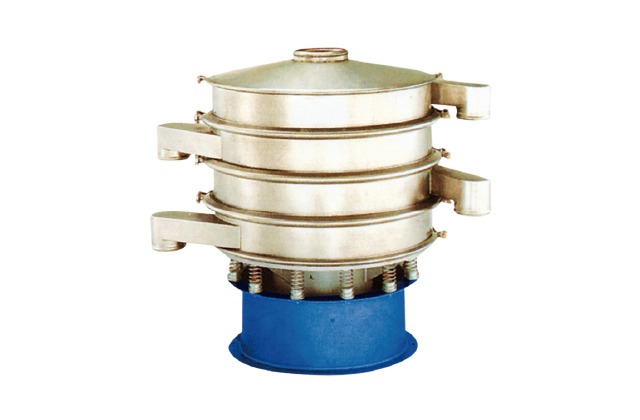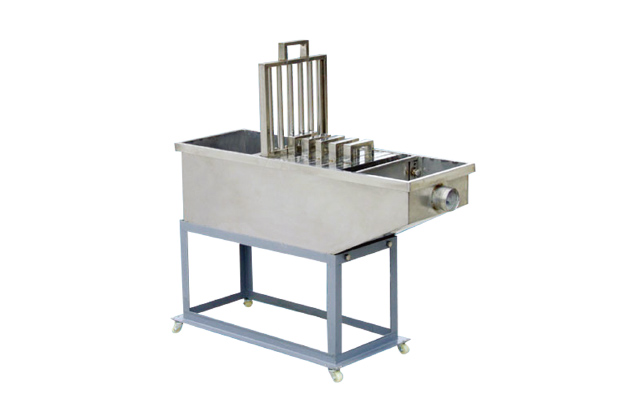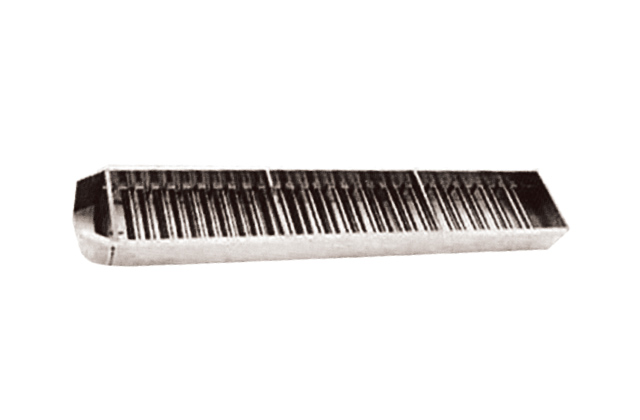October 9, 2025
How Could You Separate Iron from Dirt Using Chemistry?
Introduction to Separating Iron from Dirt
Separating iron from dirt is a common problem in various industries, including construction, mining, and recycling. While it might seem simple, the process requires a good understanding of chemistry and physics. In this article, we will explore different methods to achieve this separation efficiently.
Why Separate Iron from Dirt?
Iron is a valuable resource, and separating it from dirt not only helps in recovering useful materials but also reduces waste. Whether you’re dealing with soil, construction debris, or industrial by-products, knowing how to separate iron from dirt can save costs and improve productivity.
Methods to Separate Iron from Dirt
1. Physical Separation
Physical separation is the most straightforward method. It involves using tools or machines to separate iron particles from dirt based on their physical properties.
- Magnetic Separation: Iron is magnetic, while dirt is not. Using a magnet can easily attract iron particles, leaving the dirt behind. This method is simple and cost-effective.
- Sieving: If the iron particles are larger than the dirt particles, sieving can be an effective method. Simply pass the mixture through a sieve with pores small enough to retain the dirt but allow the iron particles to pass through.
2. Chemical Separation
Chemical separation involves using chemical reactions to separate iron from dirt. This method is more complex but can be highly effective for certain types of mixtures.
- Dissolving Dirt: In some cases, dirt can be dissolved using a solvent like water or acid. For example, if the dirt contains clay or other soluble materials, it can be dissolved and then filtered out, leaving the iron behind.
- Iron Extraction: Iron can be extracted from a mixture by using a chemical reaction that selectively targets iron particles. For example, certain chemicals can bind to iron, making it easier to separate from the dirt.
3. Industrial Methods
In industrial settings, more advanced methods are used to separate iron from dirt. These methods are often more efficient and scalable than manual or small-scale methods.
- Electromagnetic Separation: This method uses powerful magnets to separate iron from dirt. It is commonly used in recycling facilities and mining operations.
- Air Separation: Air separation involves using air jets or blowers to separate lighter particles (like dirt) from heavier particles (like iron). This method is often used in combination with other separation techniques.
Practical Tips for Separating Iron from Dirt
While the methods mentioned above are effective, there are a few practical tips to keep in mind:
- Pre-sorting: Before applying any separation method, pre-sort the mixture to remove any large debris or objects that could interfere with the process.
- Moisture Control: Moisture can affect the efficiency of some separation methods. Ensure the mixture is dry before processing.
- Safety: When using chemicals or heavy machinery, always follow safety guidelines to avoid accidents.
Common Challenges and Solutions
Like any process, separating iron from dirt comes with its own set of challenges. Here are some common issues and how to address them:
- Small Iron Particles: If the iron particles are too small, they may not respond well to magnetic separation. In such cases, chemical methods or sieving can be more effective.
- Sticky Dirt: If the dirt is sticky or clings to the iron particles, pre-treatment methods like drying or applying a release agent can help.
Conclusion
Separating iron from dirt is a process that requires a combination of knowledge, the right tools, and a bit of creativity. Whether you’re using physical methods like magnetic separation or chemical methods like dissolution, the key is to understand the properties of both the iron and the dirt. By following the methods and tips outlined in this article, you can effectively separate iron from dirt and maximize your resources.

